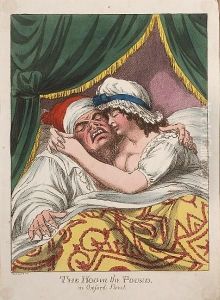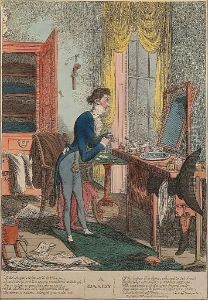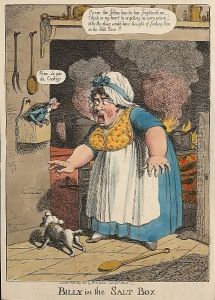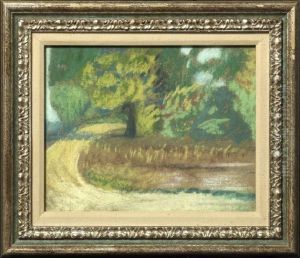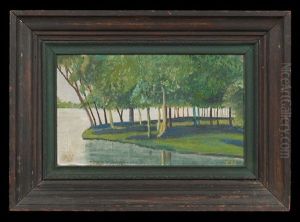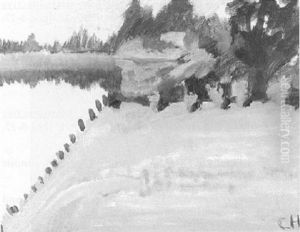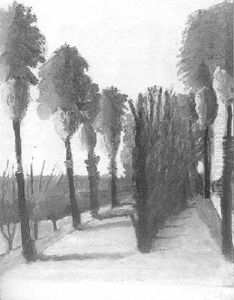Charles Woodward Hutson Paintings
Charles Woodward Hutson was a multifaceted figure in American history, whose life spanned the tumultuous years of the Civil War, the Reconstruction era, and into the early 20th century. Born on April 3, 1840, in McPhersonville, South Carolina, Hutson's early life was steeped in the culture and traditions of the antebellum South. Despite the pastoral beginnings, his life and career would eventually encompass a wide range of roles, including that of a soldier, educator, author, and artist, reflecting the complex transformations of his time.
Hutson's involvement in the Civil War, where he served as a Confederate soldier, was a defining period of his life, deeply influencing his later works and perspectives. After the war, he embarked on an academic career, which led him to hold positions at various institutions, including the University of Mississippi and then later at Tulane University in New Orleans. His academic work was diverse, covering English literature, history, and the emerging study of Southern culture and literature. Hutson was a prolific writer, contributing to the intellectual and cultural discussions of his day through numerous articles, essays, and books.
In addition to his literary and academic pursuits, Charles Woodward Hutson developed a significant career as an artist later in his life. His artistic works, which began to garner attention in the early 20th century, were deeply influenced by his Southern heritage and his experiences during the Civil War. Hutson's paintings often depicted scenes of the Southern landscape, historical events, and daily life, imbued with a sense of nostalgia and a deep connection to the past. His artwork is recognized for its historical value and its contribution to the visual representation of Southern identity and memory.
Charles Woodward Hutson passed away on October 12, 1936, leaving behind a legacy that encapsulated a critical era in American history. His diverse contributions to literature, education, and art reflect the complexities and changes of his time, offering insights into the cultural and historical dynamics of the post-Civil War South. Hutson's life and work remain subjects of interest for historians and scholars, illustrating the multifaceted nature of American intellectual and artistic endeavors during the 19th and early 20th centuries.
